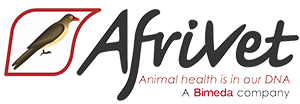

This is Wolboer/Wool Farmer’s veterinary Q&A column, sponsored by Afrivet. Send your questions about animal diseases, biosecurity, and animal health management to
Hierdie is Wolboer/Wool Farmer se veeartsenykundige vraag- en-antwoord-rubriek waarvoor Afrivet sy kundigheid verskaf. As jy vrae het oor dieresiektes en -gesondheid, stuur dit na

QUESTION:
What effect do internal parasites have on my rams and lambs?

>> ANSWER:
The impact can be severe. Wireworms, which often go unnoticed, thrive during the wet seasons with rising ambient temperatures, posing a threat to the health of livestock. In addition to the production or reproduction losses, these pests cause South African livestock farmers to incur an estimated annual expense of approximately R700 million for treatment. Just as the beautiful green landscape comes to life with the arrival of spring showers, so do the hidden threats beneath the pastures.
As we delve into the world of worms, understanding their life cycle is crucial. These parasites begin as ingested larvae, feeding on their host’s blood and eventually developing into adult wireworms in the host's acidic stomach, known as the abomasum. Inside the abomasum, they lay an astonishing 10 000 eggs per day. These eggs are excreted onto pastures, where the larvae hatch, patiently awaiting the opportunity to be ingested by other sheep. This entire process occurs in as little as 21 days under favourable environmental conditions.
As a survival strategy, these larvae can pause their development in the host’s gut during unfavourable dry conditions, such as winter, or they can hide underground, only resuming their life cycle when conditions become favourable.
The rapid growth of the worm population quickly overwhelms their hosts, particularly sheep. The host’s immune system struggles to catch up, leading to dreadful consequences. As the worms feed on blood, they leave the sheep anaemic and weak. This parasitic existence affects all life stages of a sheep’s life, with significant implications for their reproduction rate.
While the emphasis is often placed on the impact of worm burdens on ewes, it is essential to highlight the less-discussed effects on rams. Despite a ratio of 1 ram to 25 ewes, and with rams constituting only 4% of the flock, they play a critical role in reproduction. Worms can damage the gastrointestinal system, cause blood loss, reduce appetite, and redirect the immune system. One of the first signs observed in mature rams is a reduced libido, along with diarrhoea and anaemia. Decreased semen production in rams follows thereafter, and depending on the worm burden and the treatment administered, the ram may ultimately die.
Another significant internal parasite, liver fluke, has a detrimental impact on protein synthesis, hormone production, and the storage of essential trace minerals, thereby impeding the efficient production of sperm. Nasal bot infestations rob rams of their sense of smell, rendering them unable to detect when ewes are in heat. All these factors directly affect your profits.
Haemonchus contortus adult females were taken from one sheep infected with a single strain of this worm species.
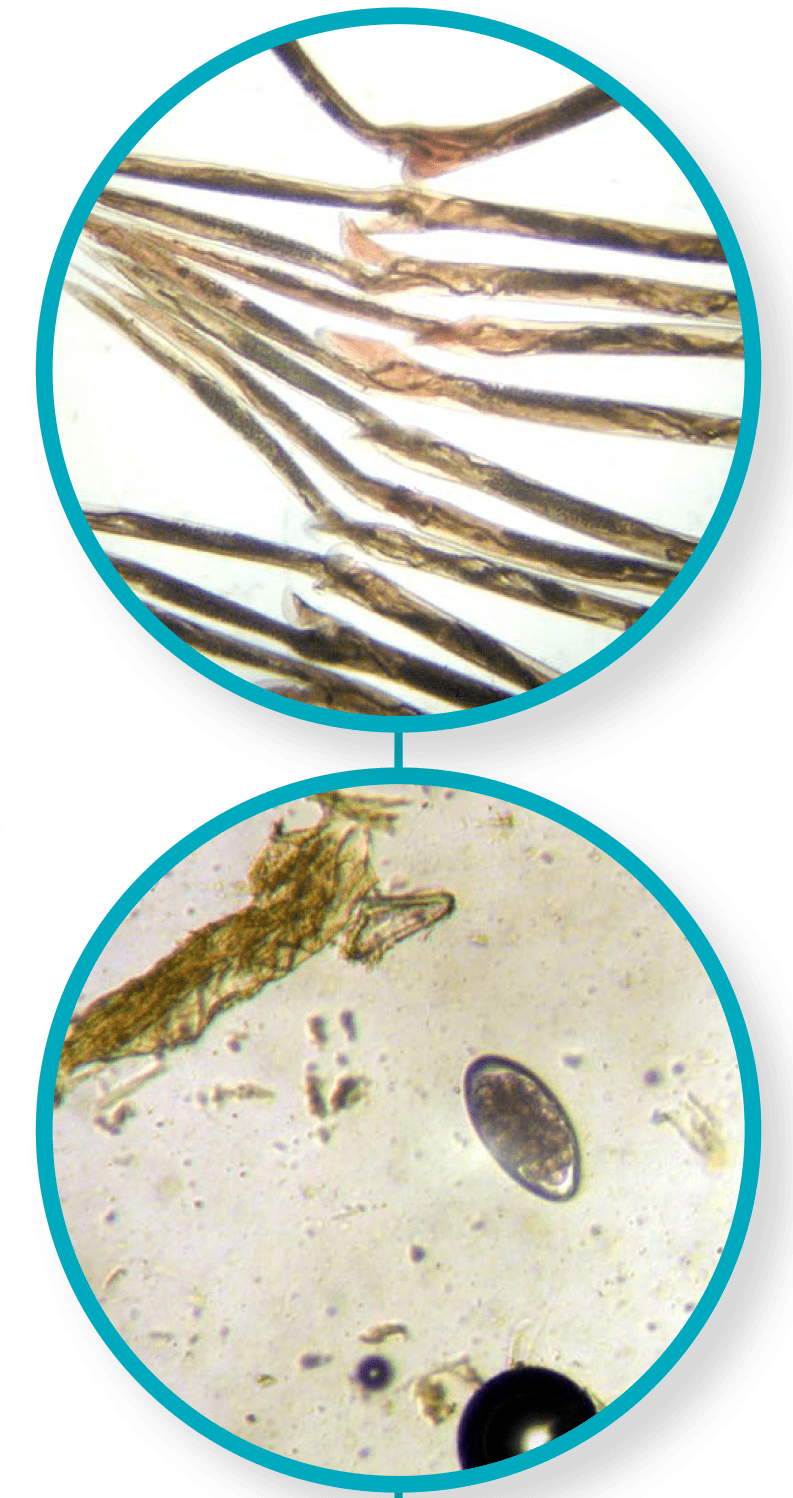
Egg of a Haemonchus contortus.
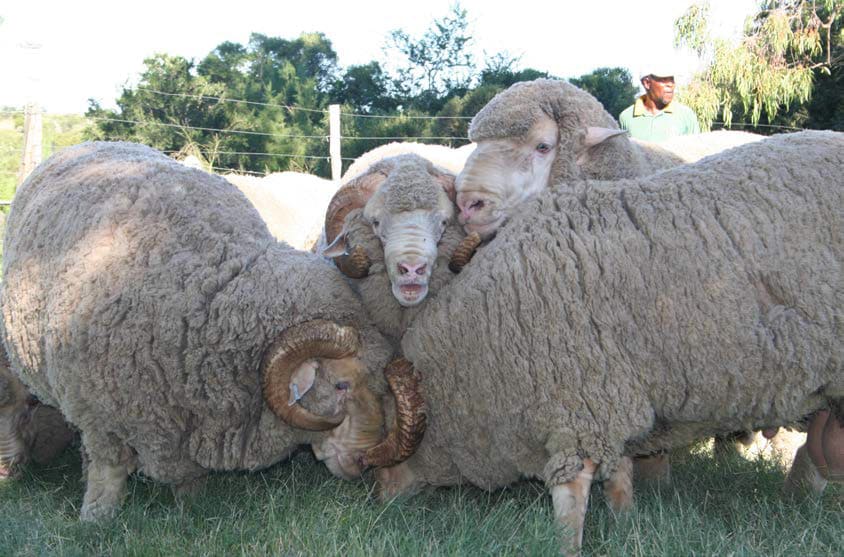
The pressing issue of resistant worms has led to multiple doses and increased expenses.
As we shift our focus to lambs, we discover that ewes' immunity naturally declines temporarily in the last weeks of pregnancy. This phenomenon is known as periparturient relaxation of resistance (PPRR). This decline can persist for several weeks after lambing, making the ewes susceptible to infestation and heavy worm burdens around lambing. Consequently, this can result in reduced milk yield for lambs, inferior colostrum intake, and potential fatalities for both ewe and lamb.
Since lambs are still developing their immune system, even tolerable worm burdens in lambs, causing no clinical signs, can slow down their growth rate, increasing the time required to reach slaughter weight and escalating feed and medicine costs. There is also a risk of permanent gut damage, which reduces nutrient absorption and leads to diarrhoea and, ultimately, death.
In addition to wireworm infestations, lambs often struggle with milk tapeworm too. The combination of wireworms causing anaemia in lambs and tapeworms placing added stress on nutrient availability can have dire consequences.
To combat worm burdens effectively, a long-term strategy is essential. Implementing a comprehensive worm control programme, monitoring worm egg counts, and considering wireworm vaccination are vital steps. These programmes should be tailored to the specific conditions of each farm and discussed with your veterinarian. The pressing issue of resistant worms has led to multiple doses and increased expenses.
Deworm sheep only as needed and not on a herd basis. This counts for rams and lambs as well, not only ewes. The FAMACHA (FAffa MAlan CHArt) system, which assesses animals for anaemia, is a useful guide to help determine which animals should be treated for internal parasites. It is important to know exactly which parasite is involved, as wireworm is not the only cause of anaemia in sheep. Faecal egg counts and larval culture will assist in this.
We invest a lot of time and financial resources in our ewes, and rightly so, but let us not forget about our rams and their parasites. Without fertile and healthy rams, there are no lambs. Lambs, especially those destined to become replacement ewes, should also not be neglected. Start addressing this aspect of your programme today.
Wolboer/Wool Farmer | Vol 11 Nr 5 • 2023
